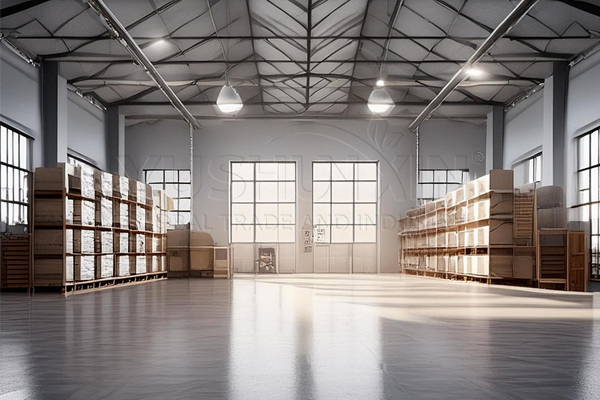
How to Setup a Photovoltaic Panels Recycling Plant
When you want to setup a photovoltaic panels recycling plant commercially, a reasonable design is important. It not only can make your solar panels disposal more smoothly, but also is beneficial for reducing the cost of photovoltaic panels recycling. Here, SX e-waste recycling equipment factory can help you a lot. We provide you with area division, solar panel recycling line drawing, suitable equipment required area, etc. In addition, if you have any other requirements about photovoltaic panels recycling plant design, you also can contact us for solutions.
How many parts are contained in a solar panels recycling plant?
In photovoltaic panels recycling plant, one of the most important areas is space for solar panel disposal line equipment. For this, we recommend you build a workshop with mechanical method or pyrolysis way to accommodate it. This can reduce the outside influences of rain snow, big wind, etc on your solar panel recycling process. In addition, indoor recycling can effectively reduce noise pollution and exhaust gas pollution to the outside world. So you can dispose of photovoltaic panels more smoothly.
Finally, you also need to set up a storage area for the final precious metals and silicon you recycle. Because after completing solar panel recycling, it is impossible to transport precious metals and silicon sell immediately every time. Therefore, you need a place to store finished precious metals and silicon temporarily at least.






